Getting the grass up...
ezzirah011
14 years ago
Related Stories
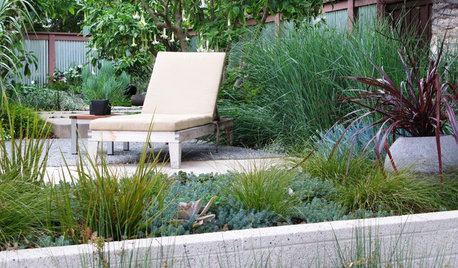
LANDSCAPE DESIGNGet More From Your Garden by Mixing Things Up
Consider an eclectic outdoor style with defined hardscapes softened by exuberant, informal plantings
Full Story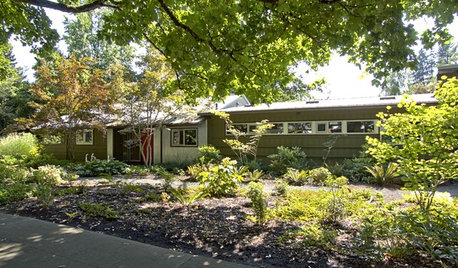
HOUZZ TOURSMy Houzz: A Rock 'n' Roll Dad's Pad Gets a Tune-up
Small additions and renovations bring casual style to a spacious midcentury ranch home
Full Story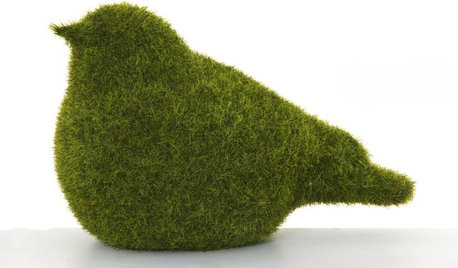
PRODUCT PICKSGuest Picks: Get With Grassy Accents for the Home
Green it up in every room with grass-inspired prints, materials, accessories and even a charging station
Full Story
GARDENING GUIDESGreat Design Plant: Purple Needle Grass, California’s State Grass
The long-lived, drought-tolerant Stipa pulchra is as admired for its benefits as for its good looks
Full Story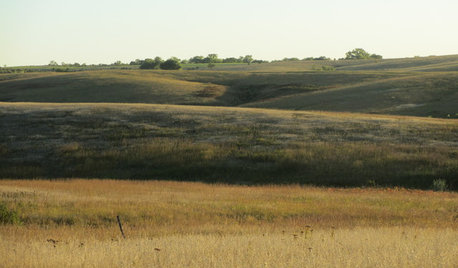
GARDENING GUIDESHow to Get Your Prairie On
Have a field day with your landscape, even if you've got just a few modern containers on a paved path
Full Story
SHOP HOUZZShop Houzz: Get a Fresh Look With Wallpaper
Update your space with wall coverings in every style, from subtle grass cloth to daring prints
Full Story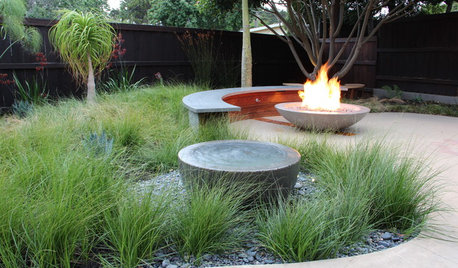
LANDSCAPE DESIGNEnergize Your Landscape With Masses of Grasses
Create year-round interest with waves of attention-getting grasses for all kinds of yards
Full Story
DECORATING GUIDESGo for the Green: Artificial Grass Surprises, Inside and Out
Synthetic turf springs up on patios, living rooms, furniture and walls. Basement golf, anyone?
Full Story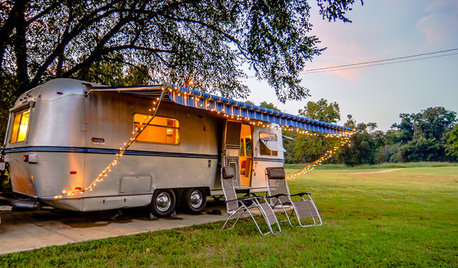
VINTAGE STYLEGet Away From It All in a Glamper
A glammed-up camper can transport you to a happy place, whether in your yard or on the highway
Full Story
DECORATING GUIDESHouzz Tour: Arts and Crafts Cottage Gets a Lively Remake
An interior designer uses color, light and historical touches to brighten up a 1920s Sydney home
Full StorySponsored






tugbrethil
ezzirah011Original Author
Related Professionals
Ashburn Landscape Architects & Landscape Designers · Saint Matthews Landscape Architects & Landscape Designers · Paradise Landscape Architects & Landscape Designers · Cambridge Landscape Contractors · Cedar Hill Landscape Contractors · Essex Landscape Contractors · Galveston Landscape Contractors · Hayward Landscape Contractors · Kettering Landscape Contractors · Mequon Landscape Contractors · Stallings Landscape Contractors · Thonotosassa Landscape Contractors · West Orange Landscape Contractors · Antioch Landscape Contractors · Selma Landscape Contractorsdav4vid
tugbrethil
ezzirah011Original Author
ezzirah011Original Author
tugbrethil